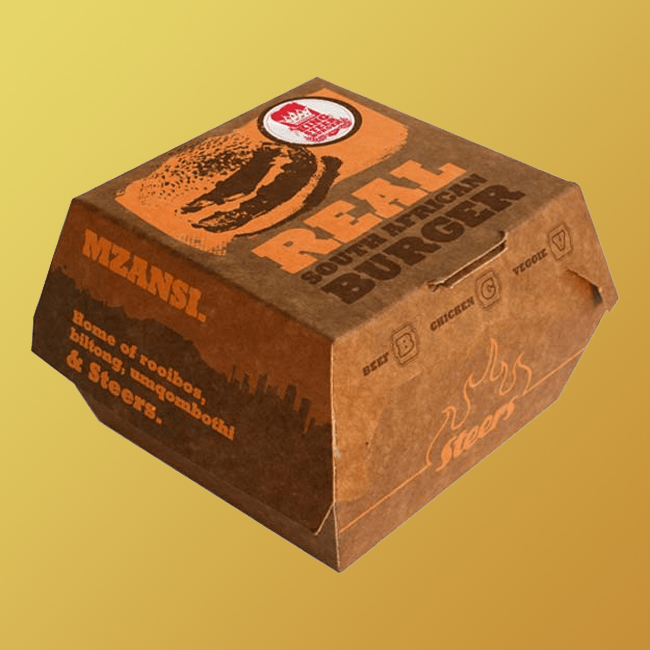
Food packaging is of so many types; bakery packaging, takeout boxes, packaging used in restaurants for dine-in, and packaging for commercially produced food items (packet food, cereals, dairy, beverages, etc.). In this article, we will explore the history, purpose, types, and regulations for commercially produced food.
A brief history of food packaging:
In ancient times, humans used pottery and brass containers to store food. The formal food packaging as we know it today started in the 1800s when Nicolas Appert started using glass bottles to increase the shelf life of milk. Then in 1870, corrugated food packaging was formally patented. In the 1960s came metal cans with sealed lids. In the 1970s barcode system was introduced. The 1990s were the dawn of digital printing for food packaging.
Functions served by food packaging:
Food packaging serves the following functions:
- Protection
- Placement
- Marketing
- Branding
- Portion controls
- Information
Food packaging today:
I decided to research types of food packaging (containers, boxes, cans, etc.) and was astonished to see the gigantic number of varieties. We sure do use packaging a lot. If we start at the most basic classification for food packaging, there are three layers to it.
- Primary
- Secondary, And
- Tertiary
Primary packaging:
The layer of packaging that comes in direct contact with food. It can be a container, can, tray, packet, and bag.
Aseptic packaging:
The thing that differentiates primary packaging from the other two layers is Aseptic processing. Food is packed in previously sterilized containers to create shelf-stable products. Aseptic processing is used for raw as well as processed food.
- Dairy products such as milk, creams, salad dressings, and cheese
- Juice
- Soups
- Desserts, and
- Canned food i.e. meat, lentils, rice, etc.
are packed using an aseptic packaging process.
Types of primary food packaging:
The following are the common types of packaging used as the primary layer.
Trays:
Trays used for food packaging are:
- Foam trays
- Aluminum takeout trays
- Plastic trays, and
- Shrink-wrap trays
Bags:
Bags are used for food like chips, candy, salads, cereals, etc. These are also called flexible packaging sometimes.
Cartons:
Cartons are the most widely used type of food packaging. these are used for beverages, milk, juices, creams, eggs, cheese, margarine, butter, etc. cartons can be folding, aseptic, and Gable top.
Secondary packaging:
Food packed in primary packaging is placed into another protective layer. This protective layer is called secondary packaging. It is usually in the form of Corrugated Boxes. Secondary packaging can be easily bought from any reliable packaging firm, as they offer food boxes at wholesale rates. These boxes are made up of corrugated or Kraft material. Cereal packed in a bag and then placed in the corrugated box is an excellent example of how secondary packaging is used.
Tertiary packaging:
Wrappers and sliding sleeve boxes are used as tertiary packaging layers. Sometimes pallets that are used to combine all the product units are also referred to as tertiary packaging.
Regulations for food labeling:
When it comes to food packaging, there are strict regulations and guidelines that companies have to follow (or else their products will be taken off the market followed by legal action).
Multi-faceted:
Codex Alimentarius is the standard used to regulate food packaging. It is used for processed, semi-processed, or raw foods. This is a comprehensive set of standards upon which food packaging is evaluated before it is distributed in the market. It applies to all kinds so foods i.e. Meat, fish, dairy, fruits, and genetically engineered food.
Ingredients and Nutritional Information:
It is mandatory to mention correct nutrition and ingredient information on food packaging.
- Calorie count
- Ingredients (complete list)
- Nutrition facts label
are three major components of nutritional information.
Food safe symbol:

Companies must put a food-safe symbol over packaging that signifies that material, chemicals, and preservatives used for packaging are safe (on coming in contact with food).
Vegan food:
If the food items are directed at vegan consumers, the packaging must mention it.
Vegetarian food:
The same goes for vegetarian food. The company must clearly state that food doesn’t contain any trace of meat.
Religious Certification:
- Halal
- Kosher
- Brahmin
Note: forgery and lying about the food being vegan, vegetarian, halal, kosher, and Brahmin will lead to legal action against the brand.
Named Geographic origin:
Geographic origin i.e. the region from where the food came must be mentioned clearly. For example Europe, Asia, America, etc.
Commercial origin:
The region, area, country, and production unit where food was manufactured must be mentioned on the packaging.
Genetic Information:
If the food is genetically engineered, it should be mentioned on the packaging.
Pricing:
Clear pricing information, cost, retail price, tax, duty, etc. should be stated on food packaging.
Safety information:
Safety information regarding food item i.e.
- Warning labels
- Refrigerate after opening
- Food allergies
- Shelf life, and
- Expiration date
Must be stated on the packaging.
Conclusion:
Food packaging is not as simple as we think it is. There goes a lot of effort and thought into it. In addition to being compliant, food packaging is supposed to help with branding as well. This is why major food and beverage companies have professional designers in their R&D departments to help with packaging designs. For small to medium businesses, there are reliable packaging companies who can help with designing food boxes.


